News in Brief
-
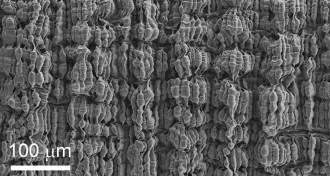 Materials Science
Materials ScienceStretchy fiber lets electrons flow
Folded layers of carbon nanotubes allow an elastic fiber to conduct electrical current when stretched.
By Andrew Grant -
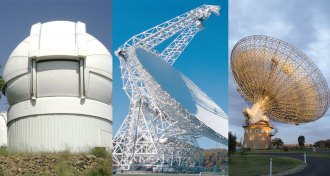 Space
SpaceSearch for E.T. gets financial boost
Search for extraterrestrial intelligence gets a $100 million donation from a Russian entrepreneur.
-
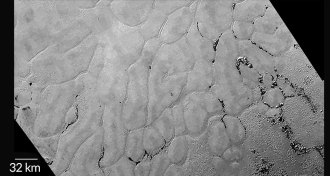 Planetary Science
Planetary ScienceLatest dispatch from Pluto reveals frozen plains, icy hills and more
Polygon plains, windswept hydrocarbons, and more moons were tantalizing details revealed about Pluto in the latest data from New Horizons.
-
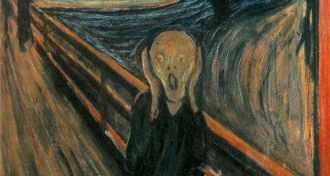 Neuroscience
NeuroscienceHow screams shatter the brain
The acoustical properties of screams make them hard to ignore, a new study suggests.
-
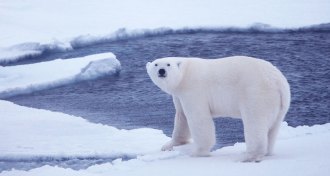 Animals
AnimalsPolar bears’ ‘walking hibernation’ not much of an energy saver
Summer’s “walking hibernation” doesn’t shut down polar bears as much as winter does.
By Susan Milius -
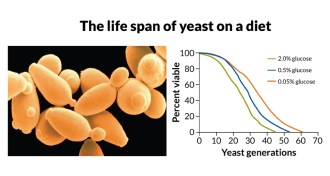 Life
LifeCutting calories lets yeast live longer
A new study confirms yeast live longer on fewer calories.
-
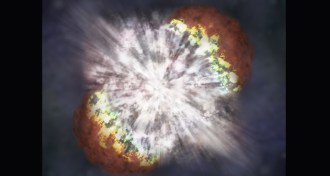 Cosmology
CosmologyBrightest supernova breaks record
A recent supernova shines with the light of 600 billion suns.
-
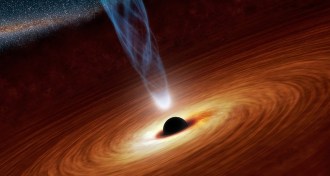 Astronomy
AstronomyMassive black hole lurks in lightweight galaxy
A heavyweight black hole grew to weigh as much as 7 billion suns within the first 2 billion years after the Big Bang.
-
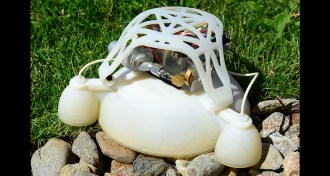 Tech
Tech3-D–printed body helps jumping robot land on its feet
To launch itself into the air, a jumping robot relies on a 3-D–printed body made of a gradient of soft and stiff plastics.
By Meghan Rosen -
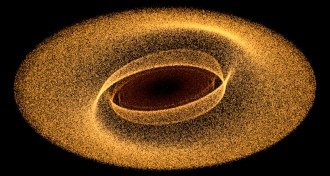 Astronomy
AstronomyBeta Pictoris planet makes waves
Spiral waves whip through the belt of debris around a young star — and it’s all a giant planet’s fault.
-
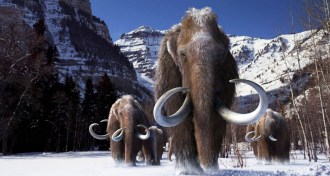 Genetics
GeneticsWhy mammoths loved the cold
An altered temperature sensor helped mammoths adapt to the cold.
-
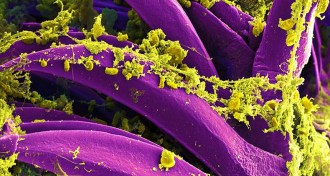 Health & Medicine
Health & MedicineGenetic tweak turned plague bacterium deadly
Two genetic changes allowed plague bacteria to cause deadly lung infections and pandemic disease.